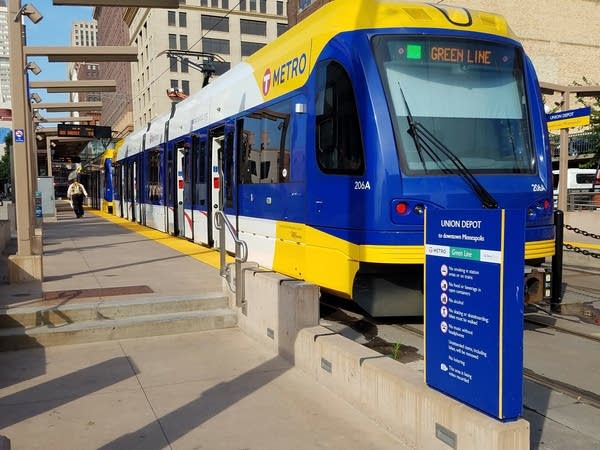Light rail fare dodging may have doubled in past two years

A rider boards a Green Line light rail train in St. Paul this summer.
Tim Nelson | MPR News file
Go Deeper.
Create an account or log in to save stories.
Like this?
Thanks for liking this story! We have added it to a list of your favorite stories.


